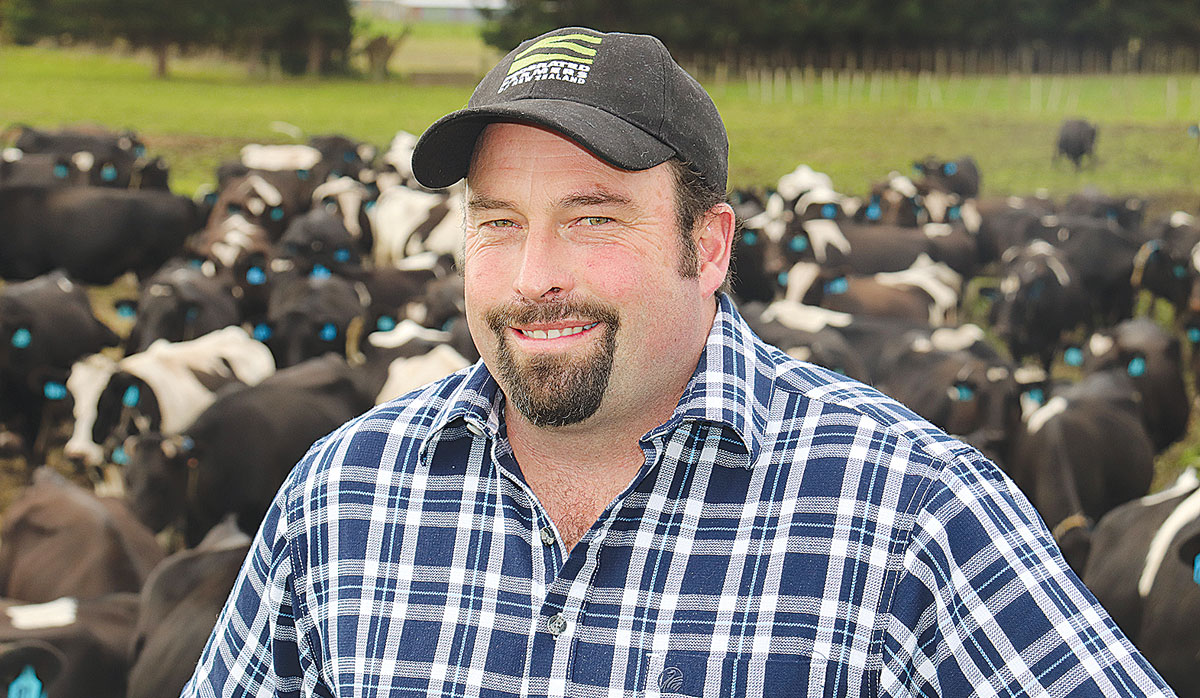NZ Local Government Reform: Regional councils axed, CTBs proposed
The biggest reform of local government in more than 35 years is underway.
Dairy farmers in the lower North Island are working on protecting next season, according to Federated Farmers dairy chair Richard McIntyre, who farms just north of the Horowhenua township of Levin.
The area has been suffering from a drought for the past few months, but in the last few weeks there has been some rain, which McIntyre says has helped the grass that was lying dormant to start growing again.
But he warns that some dairy farmers who were in the black financially before the drought, may now at the end of the season find themselves in the red.
He says while the pastures may look greener than they have been, the reality is that pasture covers are low and most farmers are still feeding out, cutting into their winter supplements.
“For example, our autumn calvers have not eaten a blade of grass for the last month. They are just in a paddock being fed supplement because that is how we can feed them the best now,” he says.
McIntyre says a lot of farmers are looking at their pasture which may have died and deciding whether they need to over sow to get things up and running. He says some farmers are looking at drying off some of their cows early with the aim of meeting the 1st of June target for their pasture covers. Others he says will be purchasing more supplements and applying nitrogen strategically to carry them through the winter and to make up for the reserves they have already cut into.
But McIntyre says there has been a positive side to the drought.
“It’s been relatively localised and there are areas not too far away where there are surpluses of feed. So, it’s been easier to source feed than in other years and the price has been more reasonable as there is a lot of surplus feed available and less demand for it.
 |
|---|
|
Feds dairy section chair Richard McIntyre |
“A lot of additional maize has been grown this year that hasn’t got a home and so it’s been possible to buy this at a reasonable price.”
On the negative side, McIntyre says farmers like him have had to buy extra feed they didn’t budget for, but the positive side is that the cost of feed is cheaper.
Looking to next season, McIntyre says this is the time of the year that everyone takes out their crystal ball and tries to predict what the payout may be. He says he favours a cautious conservative approach and says he’s working on a budget of the payout being around the $8 mark.
“You can always handle extra money coming into your budget but it’s hard to find money when things go wrong,” he says.
The Government is set to announce two new acts to replace the contentious Resource Management Act (RMA) with the Prime Minister hinting that consents required by farmers could reduce by 46%.
Prime Minister Christopher Luxon says withdrawing from the Paris Agreement on climate change would be “a really dumb move”.
The University of Waikato has broken ground on its new medical school building.
Undoubtedly the doyen of rural culture, always with a wry smile, our favourite ginger ninja, Te Radar, in conjunction with his wife Ruth Spencer, has recently released an enchanting, yet educational read centred around rural New Zealand in one hundred objects.
Farmers are being urged to keep on top of measures to control Cysticerus ovis - or sheep measles - following a spike in infection rates.
The avocado industry is facing an extremely challenging season with all parts of the supply chain, especially growers, being warned to prepare for any eventuality.
OPINION: Dipping global dairy prices have already resulted in Irish farmers facing a price cut from processors.
OPINION: Are the heydays of soaring global demand for butter over?